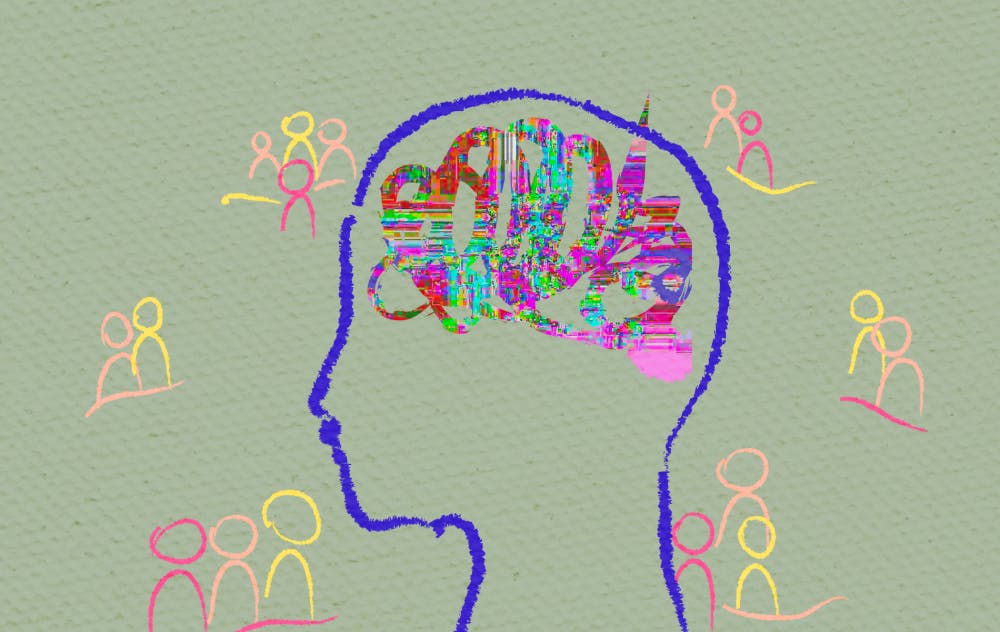Researchers from Penn's School of Engineering and Applied Science and the Perelman School of Medicine have developed a model to predict how the brain responds to targeted electrical impulses.
Electrical stimulation of different brain areas is currently used to treat depression, epilepsy, and Parkinson’s disease, but scientists believe it could also be used to help restore movement and memory after an injury, and treat other neurological conditions.
In a joint effort with the Thomas Jefferson University Hospital and the University of California, Riverside, Penn researchers created a model to accurately predict the activation of various regions of the brain in response to an electrical stimulation, which could help tailor brain stimulation therapies to individual patients.
The study, published this month in Cell Reports, was led by Bioengineering professor Danielle Bassett and third-year Neuroscience Ph.D. student Jennifer Stiso. The researchers created a model to represent how the brain would respond when a particular area was stimulated, based on patterns of connections between different regions.
To test their model, the researchers recruited subjects who were undergoing treatment for epilepsy and already had electrodes implanted to monitor their brain activity. While receiving electrical stimulation, these subjects completed basic memory tests consisting of hearing and recalling a list of words. The researchers found that certain patterns of stimulation predicted by the model led to better performance on the memory task.
Although the study was limited by its small subject pool, the researchers hope it will lead to further research that goes beyond epilepsy patients alone.
“Ultimately, we’re trying to figure out where and how much to stimulate each person’s brain to reach the brain-wide patterns associated with the specific goal of a given therapy,” Stiso told Penn Engineering News. “This type of study is an important, early step towards developing a fast, generalizable model of an individual’s response to a specific stimulation therapy.”
RELATED:
Penn professor awarded IFAC Fellowship for systemic engineering research
Penn Medicine researchers develop vaccine for genital herpes









